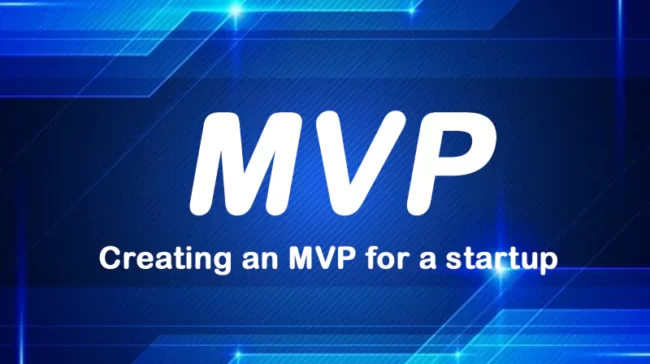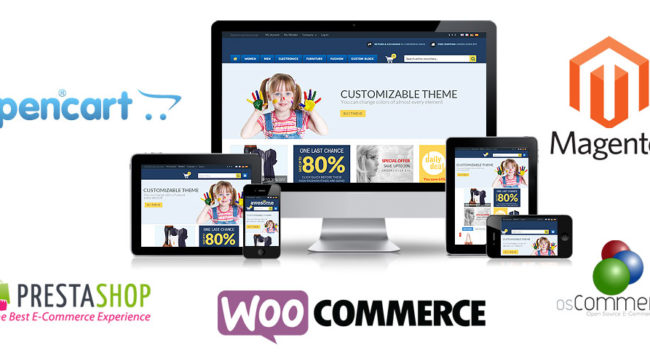
Creating an MVP for a startup: main MVP types
If you want to get started with a startup, you must first prove that the business idea works on the market and is accepted by potential customers. For this purpose, a so-called “MVP” is needed, which checks the established hypotheses of the startup on the market under real conditions.
A Minimum Viable Product (MVP) is, therefore, a pre-version of a planned product built to learn. The MVP is “minimal” because the desired learning effect is achieved with the smallest possible effort. MVP development is a nice chance to understand a lot about the future product.
Fortunately, there are different types of MVPs in which no to little product development is necessary.
An overview of the different types of MVPs and their product development
The range of different MVPs is, therefore, large. On the one hand, there is, for example, the so-called smoke test.
On the other hand, there is the actual product, which is already “finished” or “good enough” in itself, but at the same time, has also been reduced to the most important core functions. And there is much more in between.
At the latest now you have surely noticed that it is not so easy to find the perfect MVP for your startup – and let alone build it optimally!
Before a lot of money and time is invested in developing a product, we must validate the startup’s business idea with an MVP on the market.
In order for your MVP project to succeed and to get off to a good start with your startup, we have briefly summarized the five most important types of MVPs for startups here.
The Smoke Test MVP
The classic among the MVPs is the so-called smoke tests. This refers, for example, to create situations that give the impression that the product is already available or advertising for a “Coming soon” product.
A suitable landing page describes in detail the (usually still fictitious) product and its advantages. Visitors thus have the opportunity to react, for example, by entering their email addresses to request more information and to stay up to date on product updates.
The proportion of visitors who show interest serves as an indicator of the hypothesis to be tested. Accordingly, this method is advantageous, e.g., during the pre-seed phase of a startup or as a preparatory measure for a launch strategy.
The Sell before you build MVP model
As the name suggests, this MVP tries to win customers through a pre-order landing page or crowdfunding offers – before the official starting signal has even been fired and the actual product is built.
Kickstarter or Crowdfunding campaigns can be tested very well to determine whether people are willing to spend money on your product.
Important components of this type are the A/B tests or iterations. Different price models characterize them: for example, lower admission prices can be offered based on discount codes and introductory promotions.
The concierge MVP
When you imagine your idealized product, you may think of a powerful web app that offers users a smooth entry experience, gives them intelligent recommendations for action, follows up with nice personalized emails, and automates a high level of support.
Do you have this picture in mind? Then replace all this with a person who manually provides certain services in the background, and you have a concierge MVP!
The biggest advantage of the concierge MVP is that nothing needs to be developed yet. However, there are also a few disadvantages: such an MVP is very time-consuming and definitely not scalable in the long run…
The Wizard of Oz MVP (or Flintstone MVP)
This type of MVP is very often used in practice. However, the Wizard of Oz MVP is only a further development or the next stage of the Concierge MVP.
Individual parts of the planned product that are expensive to implement are simulated manually without the target group noticing.
In contrast to the Concierge MVP, in which no product development is carried out at all, partial development is used here. For the users, the product thus appears ready.
In the background, however, processes are still carried out by employees. Of course, this works better with asynchronous processes – i.e., where the user does not immediately expect a result.
The Single Feature Product/Minimal Feature Product
In contrast to the Concierge MVP and the Wizard of Oz, the product is fully developed here. However, the actual product is initially reduced to one or more core functions and therefore does not yet exist in the full, future version.
From a feature point of view, it goes into depth: only a few features are developed, but they are completely expanded (we intend to offer more features at concierge MVPs). The learning effects that arise are similar.
The single feature product and concierge MVPs, therefore, revolve mostly around the actual product and have thus established themselves as an instrument in daily practice.
Conclusion: there is the perfect MVP for every startup!
Whether your MVP consists of a landing page, only paper, or already a fully functional product ultimately depends on your set learning objectives and resources.
Before you start with your MVP, you should be absolutely sure what exactly you want to measure and why. Also, ask yourself before each development cycle how you will implement this, what you can create, and in what period that can be tested on the target audience. Then choose the duration of your learning cycle so you can also implement something really countable during this time.
You are on the right track if you want to build and use an MVP. However, this should not simply be considered the technical implementation itself (a website with Node js may be a nice choice, though). Contact professionals and they will do the job perfectly, considering all your needs.




